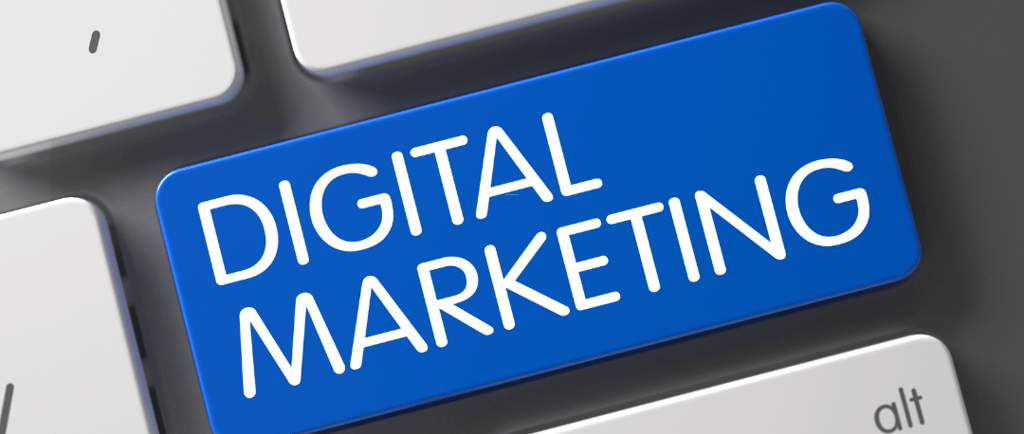Call Us Today! 503-895-5745
Mastering SEM: A Strategic Guide to Search Engine Marketing
DIGITAL MARKETING
6/17/20252 min read


In today’s highly competitive digital space, getting your business noticed online takes more than just an attractive website or an active social media presence. If you're aiming for measurable results, Search Engine Marketing (SEM) should be a central pillar of your strategy.
Whether you're running an eCommerce store, generating B2B leads, or promoting a service-based business, SEM provides the visibility, control, and performance insights needed for growth — making it a cornerstone of modern performance marketing.
What Is SEM?
Search Engine Marketing (SEM) involves paid strategies that increase a website's visibility on search engine results pages (SERPs). It includes tactics like pay-per-click (PPC) ads, display advertising, shopping ads, and more — all aimed at reaching users based on their search intent.
While many use SEM and PPC interchangeably, SEM is a broader concept. It encompasses the full strategy, platforms, and analytics used to drive targeted traffic and generate qualified leads.
Why SEM Matters in Performance Marketing
At its heart, performance marketing is about driving measurable actions — clicks, conversions, leads, or sales. SEM is uniquely suited for this because every element of your campaign is trackable and adaptable in real time.
Here’s why SEM is a perfect fit for performance-focused marketers:
Immediate Visibility: Unlike SEO, SEM delivers instant exposure to potential customers.
Targeted Reach: Ads only appear to users searching for relevant terms, attracting higher-quality traffic.
Budget Flexibility: You control your spend, bids, and ad placements, only paying when users engage.
Real-Time Optimization: Campaigns can be adjusted on the fly based on live performance data.
Key Components of a Successful SEM Strategy
1. Keyword Research
Strong campaigns begin with understanding what your audience is searching for. Use tools like Google Keyword Planner, SEMrush, or Ahrefs to uncover high-intent search terms.
2. Engaging Ad Copy
Your ads must speak directly to user intent. Clear, compelling headlines with a strong call-to-action (CTA) significantly boost click-through rates.
3. Landing Page Experience
Clicks don’t mean much if users bounce. Make sure landing pages are fast, mobile-friendly, and clearly aligned with the ad message.
4. A/B Testing
Continuously test different versions of your ad copy, creatives, and landing pages to find what works best.
5. Conversion Tracking
Platforms like Google Ads and Google Analytics let you monitor exactly what actions users take, which is essential for refining any performance marketing campaign.
SEM vs. SEO: What’s the Difference?
Both SEM and SEO aim to improve your visibility on search engines — but they work differently. SEO builds organic traffic over time through content and technical optimization, while SEM gives you immediate results through paid placements.
When used together, they form a powerful strategy: SEO for sustainable growth and SEM for fast, focused impact — ideal for promotions, product launches, or market testing.
Final Thoughts
In a digital world where attention is currency, Search Engine Marketing gives you the tools to reach your audience quickly and efficiently — with measurable outcomes at every step. It’s no surprise SEM has become a foundational element of successful performance marketing strategies.
At Enter and Post, we help businesses unlock the full potential of SEM through smart, data-driven campaigns that drive growth, leads, and lasting impact.
Ready to take your performance marketing to the next level? Let Enter and Post craft a custom SEM strategy that delivers real results.
Contact Us
Socials
📞 USA: (+1) 503-895-5745
📞 Pakistan: (+92) 332-3480678
🏢 Head Office:
8449 SW Barbur Boulevard, Portland, OR 97219, USA
🏢 Back Office:
T9, Sohni Shopping Mall, Karimabad, Karachi 75950, Pakistan.
© Copyright 2025 | Developed By | Enter and Post LLC
